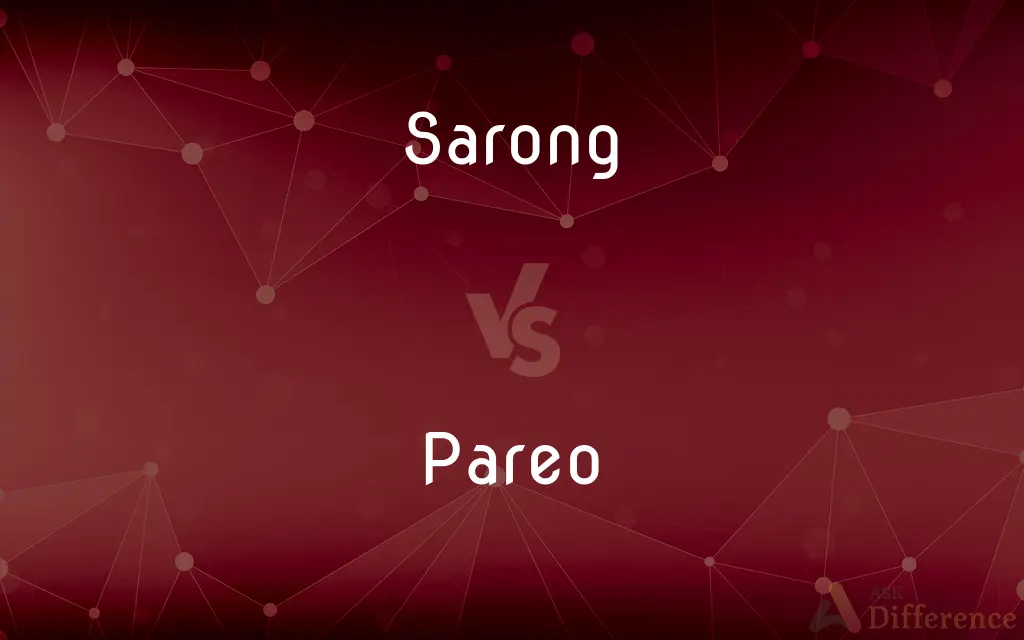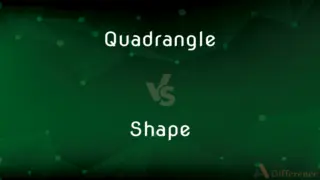Sarong vs. Pareo — What's the Difference?

Difference Between Sarong and Pareo
ADVERTISEMENT
Compare with Definitions
Sarong
A sarong or sarung (); is a large tube or length of fabric, often wrapped around the waist, worn in Southeast Asia, Southern Asia, Western Asia, Northern Africa, East Africa, West Africa and on many Pacific islands. The fabric often has woven plaid or checkered patterns, or may be brightly colored by means of batik or ikat dyeing.
Pareo
Pāreu or pareo (see below) is the Cook Islands and Tahitian word for a wraparound skirt. Originally it was used only to refer to women's skirts, as men wore a loincloth, called a maro.
Sarong
A garment consisting of a length of cloth that is wrapped around the body and tied at the waist or below the armpits, worn by men and women in Malaysia, Indonesia, and the Pacific islands.
Pareo
Variant of pareu.
Sarong
A cloth of light fabric and varying length that is wrapped around the waist and tied, often worn as beachwear.
ADVERTISEMENT
Pareo
A wraparound garment, worn by men or women, similar to a Malaysian sarong.
Sarong
A garment made of a length of printed cloth wrapped about the waist that is commonly worn by men and women in South and Southeast Asia, also in the Pacific islands.
Sarong
A sort of petticoat worn by both sexes in Java and the Malay Archipelago.
Sarong
A loose skirt consisting of brightly colored fabric wrapped around the body; worn by both women and men in the South Pacific
Share Your Discovery

Previous Comparison
Exine vs. Intine
Next Comparison
Quadrangle vs. Shape













































